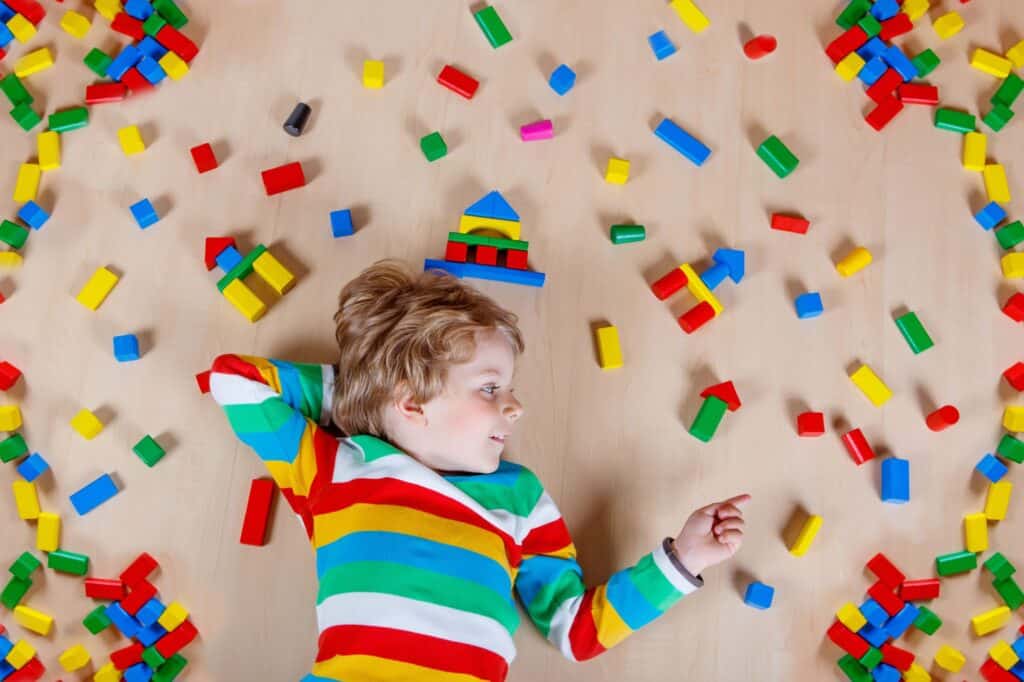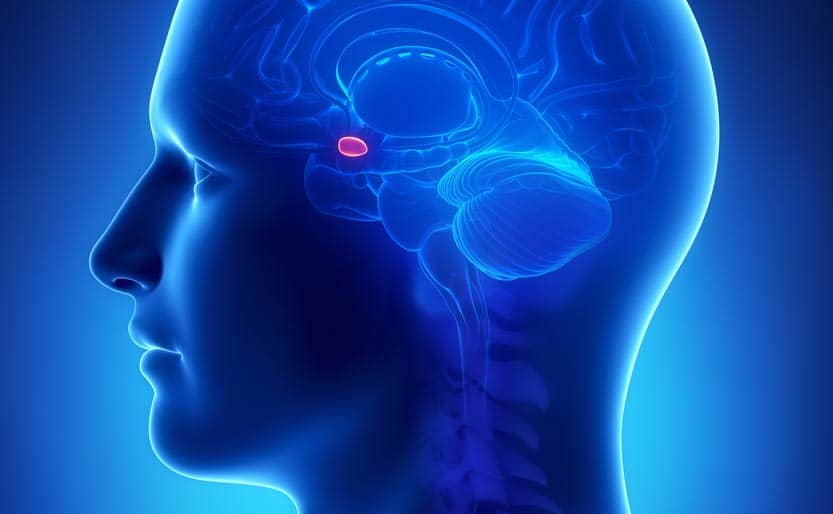Happy World Autism Awareness Day everyone! In honor of this special day, we'd like to take a look at all the incredible advances that have been made in autism knowledge and research in recent years.
We know much more about autism than we did a decade ago, and scientists continue to make progress in understanding this complex condition. Here is a brief overview.
Finding the Causes of Autism
Autism affects 1% of the Italian population, around 600.000 people (source ANGSA), one in 68 children in the US (source CDC) and I could continue with other places in the world. This means that researchers must continually strive to better understand the range of symptoms associated with ASD in order to develop more effective approaches.
There is no single answer to the question of what causes autism. However, scientists have identified a number of potential factors that may contribute to its development. These include genetic and environmental factors, as well as some prenatal infections. There is now a wealth of research on different aspects of autism, from its genetic roots to the approaches that work best for each individual child.
A clue in the DNA

In Toronto, researchers conducted DNA research from nearly 10.000 families, many of whom have children with autism, identifying "genetic wrinkles" in the DNA itself - a finding they think may explain why some people are on the autism spectrum.
It is an exhilarating discovery. "Research into tandem repeats, these particular wrinkles in DNA, unveils a whole new class of genes that we didn't previously know were involved in autism," says Dr. Stephen Scherer, co-author of research.
The hope is that this will allow us to diagnose autism early and improve pathways for children and families.
Another in the brain

Recent research also identifies new information on the role of the amygdala as a possible indicator of autism: the circumstance has been studied for some time, but important details emerge.
The amygdala is a small structure located deep in the brain that processes sensory information, such as emotions on faces or scary images to warn us of potential threats.
The results of the new study onAmerican Journal of Psychiatry, which used magnetic resonance imaging (MRI), show that excessive growth begins between 6 and 12 months of age, before the features of autism fully emerge. It is the first time in the world that a "time window" for such circumstances has been precisely identified: this may also allow this condition to be identified sooner.
We are getting closer to understanding the causes of autism. Then?
Aside from the diagnostic aspects, the paths to help people and families manage autism are also of great importance.
A new approach of this type has been developed by some of the best world experts in the field: it is based precisely on early diagnosis, but its strength is in the involvement of the family.
Published on Lancet Child and Adolescent Health, the new path created by this international team aims to improve the organization of health and care services for autistic people.
What is it about? Long to say, but in summary it is an integrated system of supportive care through Case Management and an additional targeted specialist intervention ("step-up/step-down"). This continuous care system uses new digital health technologies and collaborative working with parents to provide them with appropriate long-term support for the child's evolving needs.
Even technology can do a lot, as confirmed by one of the authors: the professor Sandra Bucci, NIHR researcher and professor of clinical psychology at the University of Manchester.
Digital health technologies offer an unprecedented opportunity to facilitate proactive, personalized care and support for autistic children and their families.
Robot Coach
Among the examples of "good" technology in the field of autism, I highlight experimentation with robots. Many children have serious difficulties maintaining interactions with other people. Often the approaches end up being ineffective (other than focusing on only ever telling children that they make mistakes).
The researchers' idea? Use QTRobot, a small robot that repeatedly commits “social mistakes.” Instead of an adult telling children what they do wrong, children, through play, teach QTRobot what it should do. It's one way different and important to master the skills they need to practice.
QTRobot will make a number of social mistakes, such as avoiding eye contact, interrupting the speaker and so on. The kids will correct the way QTRobot behaves, and move on.
In conclusion
There is still a lot that is unknown about autism. However, between brain and biomarker research, communication and technological advances, we are making great progress. That's why we celebrate our growing awareness of autism and what it means for those on the spectrum, as well as their families.
We support children, we support relatives, we support research!


